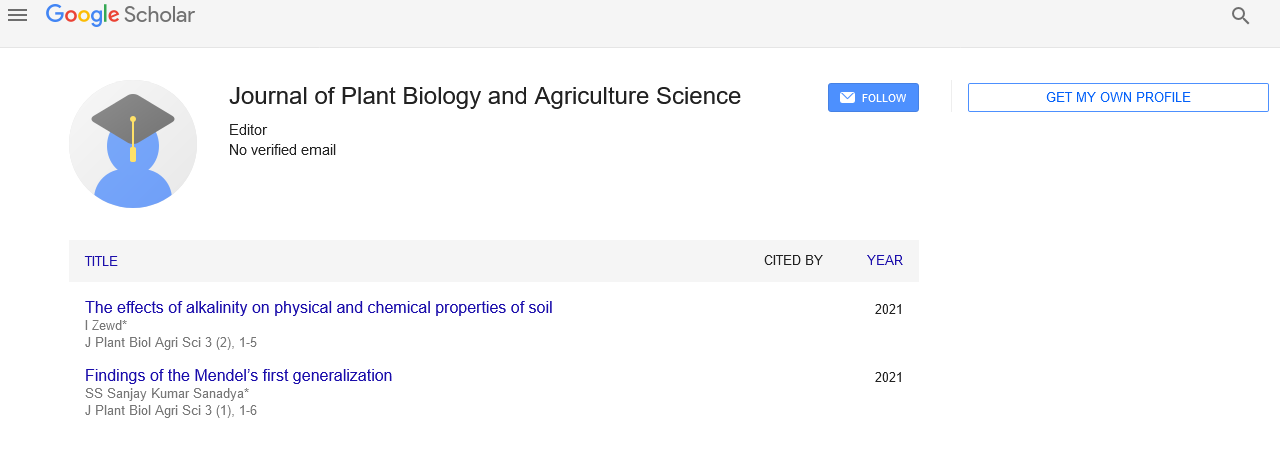
Sign up for email alert when new content gets added: Sign up
Abstract
Physiological and biomechanical features of the interconnected functioning of the systems of accommodation, and aqueous production and outflow. Hypotheses and actuating mechanisms of growth of the eye's optical axis in the metabolic theory of adaptive myopia and in the theory of retinal defocus.
Author(s): Olga SvetlovaThe regulation systems for accommodation, production and outflow of aqueous humor have one common actuating unit – the ciliary muscle (CM), both in animals and humans. At the same time, the control signals from these systems to the CM can be directly opposite [4,6,8]. For example, to open the trabecular pathway of outflow (TPO), it is necessary to reduce the CM. But at the same time, it is necessary to relax the CM in order to see the approaching danger in the distance. So which command will be executed first? In the eye, there is an overriding priority for executing commands from the accommodation system, since the survival of the species as a whole depends on this. The signals of the control system of aqueous production are in the second place by priority, and the signals from the outflow control system are performed last. It is because that the task of maintaining metabolic processes in the eye is more important than the task of removing the spent aqueous humor . Such physiological representations are key to understanding the features of the interrelated functioning of these three physiological systems of the eye. Most of the animals have only one aqueous outflow pathway – uveoscleral pathway of outflow (USPO), which then passes into the outflow through the sclera. Only in humans and in four species of highly evolved monkeys, during the course of evolution, an additional aqueous outflow pathway was formed through the trabeculae (TPO, trabeculae outflow pathway). This happened because of changes in the habitat, which required to develop the ability of a long visual work at a short distance, and at that moment the USPO is blocked (in the ciliary muscle, the interfiber spaces with the matrix are compressed at that moment). In Table 1 it is shown that TPO is open only when looking near, and USPO is closed at that time. In visual work at medium and long distances, on the contrary, only USPO is open, and TPO is closed. It should be noted that USPO is the main way by which the necessary ingredients are delivered to maintain normal metabolism and reproduction of collagen in the middle and back parts of the sclera. Also, along this basic pathway, prostaglandins are delivered to the sclera, which are normally produced by the intraocular epithelium. The sclera can regulate its permeability with the help of a large number of prostaglandin receptors located in it [1]. That is why the pharmacotherapy of glaucoma with prostaglandins is so effective. The eye does not control the level of IOP directly, since morphologists have not yet detected baroreceptors in it. The level of IOP in the eye is directly determined primarily by the level of rigidity of the sclera [2-4]. A large number of mechanoreceptors have been found in the sclera [1], which allows to control the reciprocal displacement of scleral plates during micro fluctuations of the eye volume. Conclusion: the eye does not control the level of IOP, but constantly monitors its volume with the help of mechanoreceptors, as well as the receptors of prostaglandins




